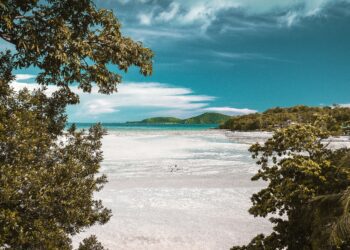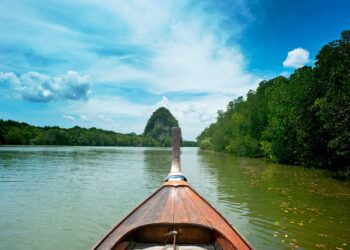Antarctica is famously a place where humans have never set foot. It’s one of the most remote and inaccessible places on Earth, and it holds a lot of secrets. In this blog post, we will explore some of the most fascinating information about Antarctica, from its history to its current state.
What is Antarctica?
Antarctica is a landmass located in the southernmost part of the Earth. It covers a total area of 14 million square kilometers and is the fifth-largest continent. The Antarctic ice sheet, which covers more than 99 percent of Antarctica, contains more than 20 million cubic kilometers of ice, which makes it one of the largest ice masses on Earth. The continent is surrounded by the Southern Ocean, which has an average depth of 2,438 meters.
Antarctica was first discovered by Spanish explorers in 1519 and was named after Antara Khān, who was the fourth Mughal emperor. The first recorded landing on Antarctica was by an English expedition led by James Clark Ross in 1842. In 1909, a German expedition led by Alfred Wegener discovered evidence that continental drift had created the Antarctic ice sheet. The first human to set foot on Antarctica was Norwegian explorer Roald Amundsen in 1911. Although he claimed the continent for Norway, Amundsen also laid claim to parts of it for Britain and France. In 1922, Argentina claimed sovereignty over Antarctica based on its claim to Falkland Islands at the time.
The first country to establish permanent settlements on Antarctica were Norway and Australia in 1895 and 1957 respectively. Currently there are seven countries with stations on Antarctic soil: Argentina (South Shetland Islands), Australia (The Australian Antarctic Territory), Chile (Isla de la Juventud), France (Franco-American Base), New Zealand (
History of Antarctica
Antarctica is the world’s southernmost continent, located in the middle of the Southern Ocean. The first human beings to set foot on Antarctica were a group of British explorers led by Sir James Clark Ross, who arrived there in 1842. Since then, various expeditions have tried to map and explore the continent, which has remained largely untouched by humans. Today, around 1,500 people live on the continent, most of whom are scientists or support staff working for research institutions.
Antarctica’s climate is incredibly diverse, with regions ranging from sub-zero temperatures to soaring August temperatures of 40 degrees Celsius (104 degrees Fahrenheit). Despite this great range in temperature, much of Antarctica remains ice-covered year-round. This incredible landscape has resulted in relatively little human development up until now; however, tourism is slowly growing in popularity thanks to stunning scenery and untouched nature.
Facts About Antarctica
Antarctica is the world’s southernmost continent and the only one not connected to mainland Antarctica. The vast majority of Antarctica is covered by ice, which averages more than 3 million square miles (7 million square kilometers) in thickness. Only about 16 percent of Antarctica is covered by ice that averages less than 1 kilometer (0.6 mile) thick. The Antarctic Peninsula juts out from the mainland at a 60-degree angle and is the most recently formed part of Antarctica. It was only created about 55 million years ago as a result of plate tectonics. The Antarctic ice sheet began to form about 60 million years ago and has grown exponentially since then.
Fascinating Information About Antarctica
Antarctica is the world’s largest ice continent and covers an area of 1.5 million square kilometers (600,000 square miles). The continent is divided into three different regions: the Antarctic Peninsula, East Antarctica and West Antarctica. The Antarctic Peninsula is located in the southern hemisphere and extends into the Atlantic Ocean. East Antarctica is located in the east of the continent and has a colder climate than West Antarctica.
The history of Antarctica can be traced back to prehistoric times when it was inhabited by seals, penguins and other marine creatures. In 1775, Captain James Cook discovered Antarctica while he was sailing through the Southern Ocean. He named it after Prince Edward Island in Britain. In 1911, American scientist Robert Peary became the first person to reach the North Pole on an expedition that used dogsleds and skis. Since then, many explorers have visited Antarctica to study its unique wildlife and geology.
Today, there are several research stations operating on Antarctica including McMurdo Station, which is home to scientists from around the world who are studying climate change, health issues related to extreme cold weather and how human activity affects the environment. There are also tourist facilities operated by companies such as Adventure Tours Australia that offer tourists a chance to experience life at one of these research stations firsthand.





















